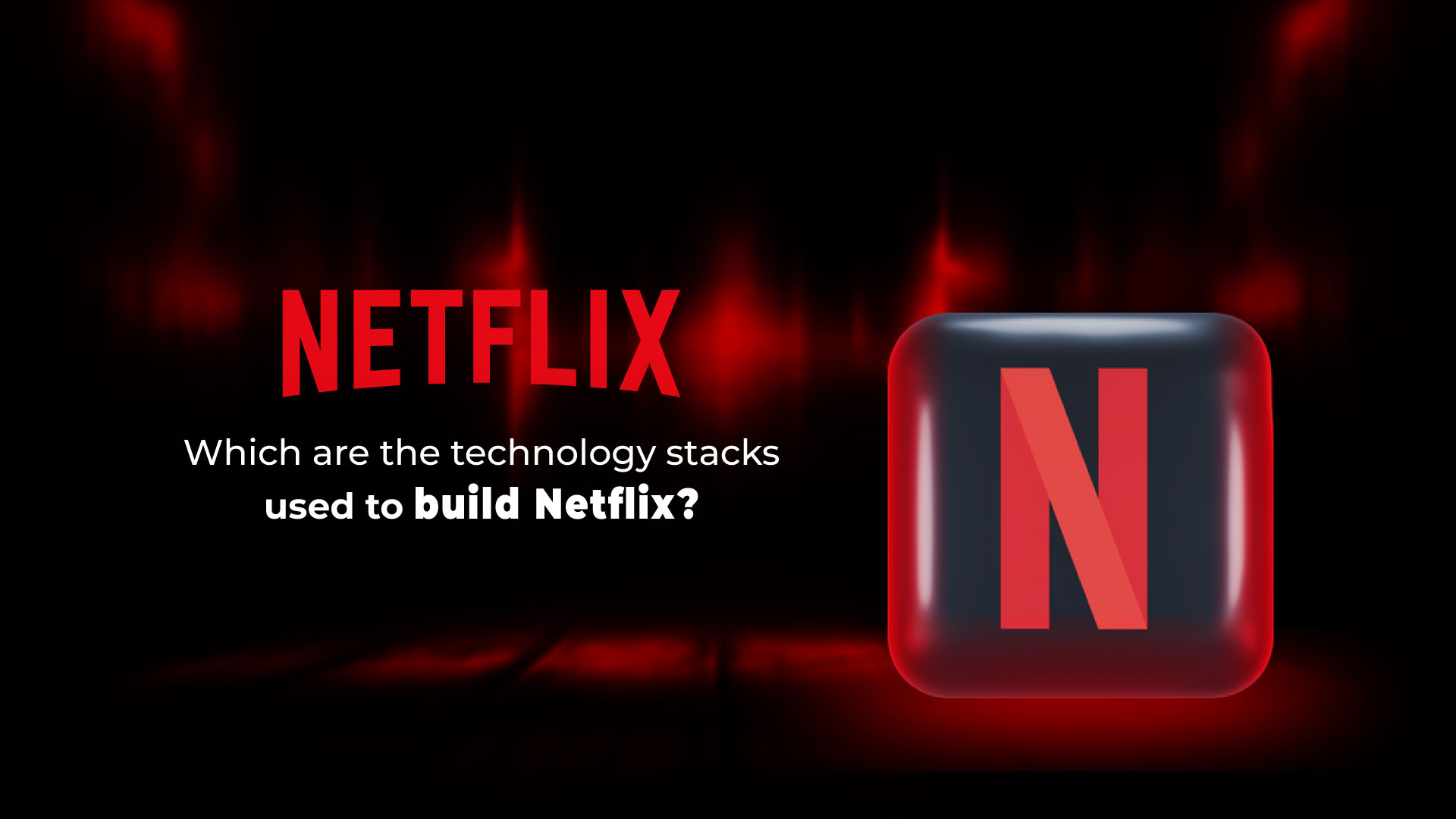
Netflix, the super popular service for watching movies and shows online, has become a favorite for people all over the world. But what makes it so great? It’s not just the amazing content they offer! Behind the scenes, Netflix uses special tools and ways of organizing things (like a well-built house) to make sure everything runs smoothly. These tools are always changing and getting better to keep up with the millions of people who use Netflix every day. Let’s explore some of the things Netflix uses to make their service so awesome!
Netflix leverages a diverse tech stack to deliver seamless video experiences. Here’s a peek at some key components:
- Mobile & Web: For native mobile apps, Netflix utilizes Swift and Kotlin. React powers its web applications.
- Frontend/Backend Communication: Netflix employs GraphQL for smooth communication between frontend and backend systems.
- Backend Services: The backbone relies on ZUUL, Eureka, the Spring Boot framework, and more.
- Databases: Netflix utilizes a mix of databases including EV cache, Cassandra, and CockroachDB.
- Messaging/Streaming: For messaging and streaming, Netflix employs Apache Kafka and Fink.
- Video Storage: S3 and Open Connect are Netflix’s go-to solutions for video storage.
- Data Processing & Visualization: Data processing is handled by Flink and Spark, with visualizations powered by Tableau. Redshift tackles structured data warehouse information.
- CI/CD: For continuous integration and delivery, Netflix utilizes a wide range of tools including JIRA, Confluence, PagerDuty, Jenkins, Gradle, Chaos Monkey, Spinnaker, Altas, and more.